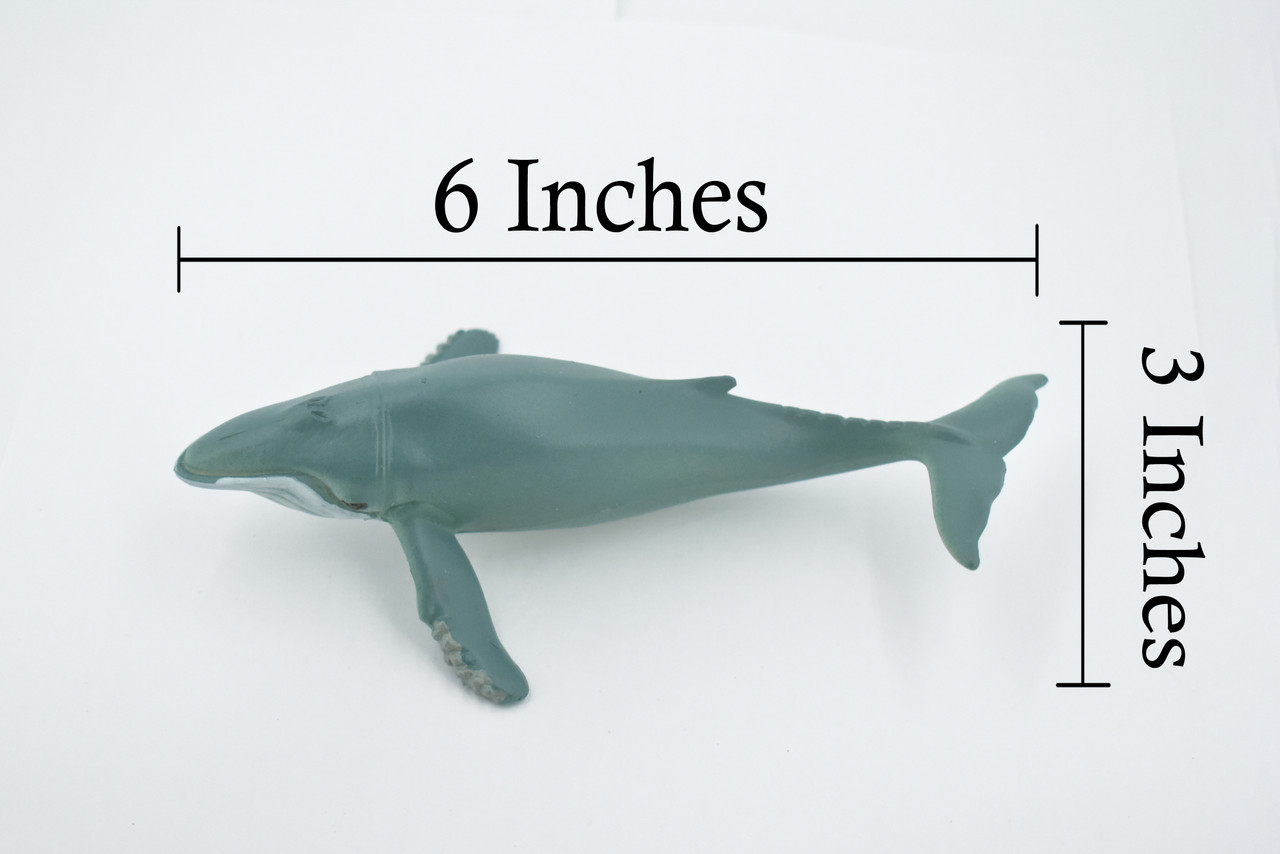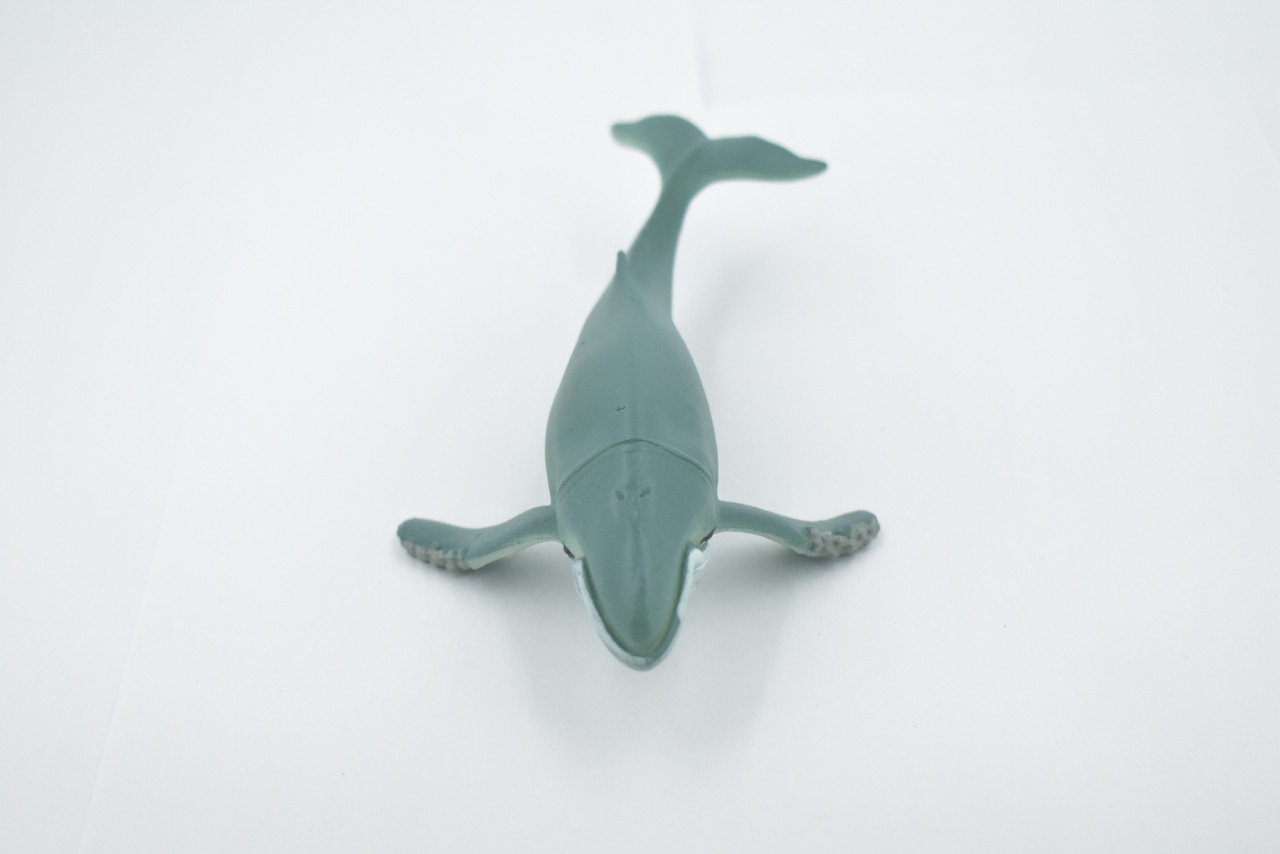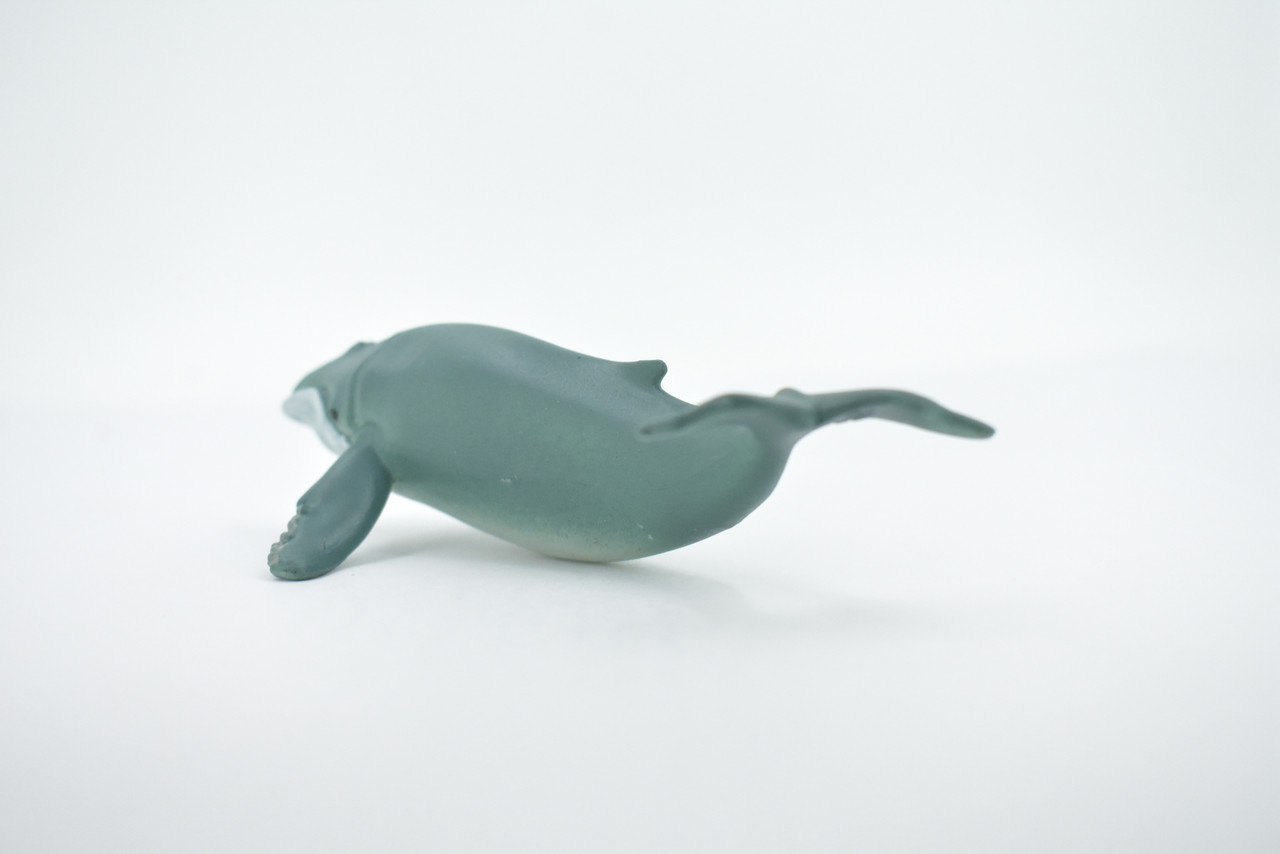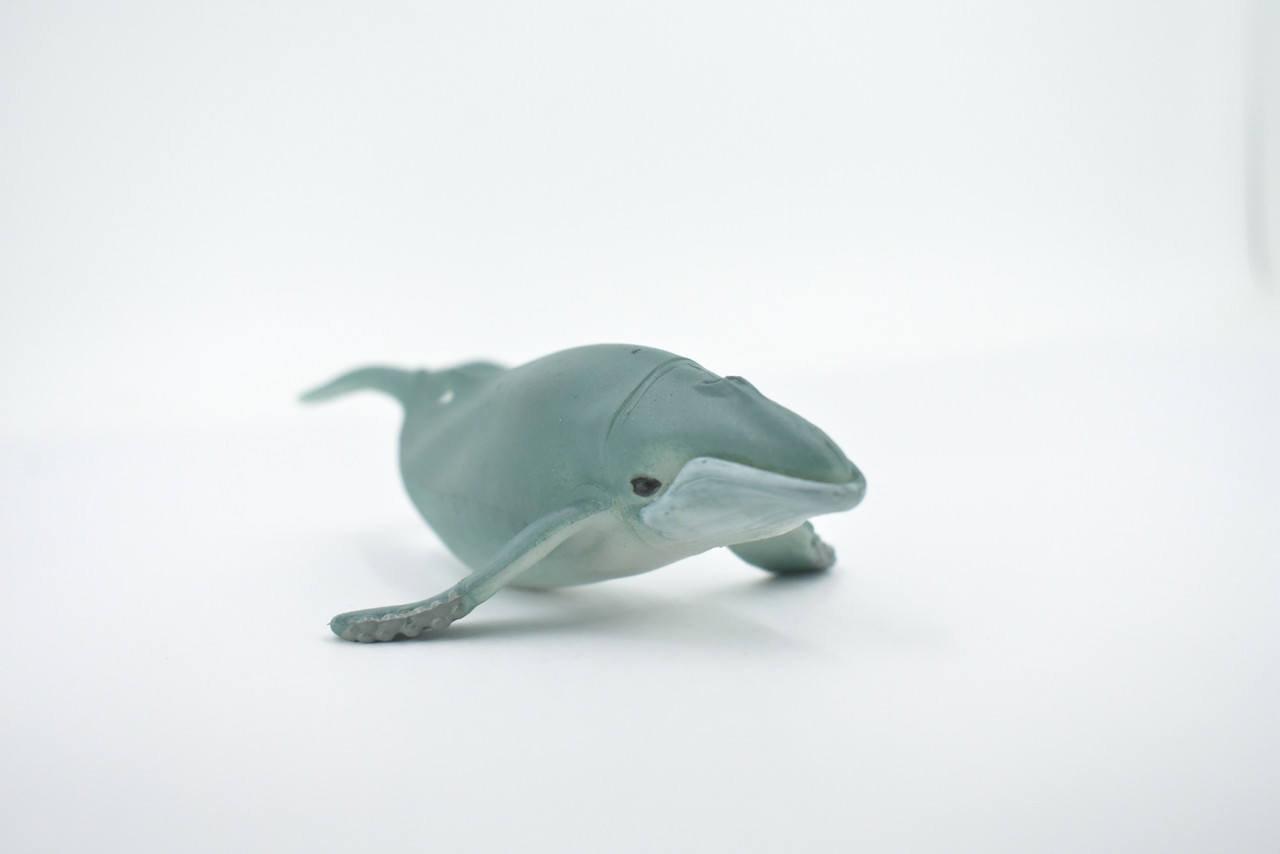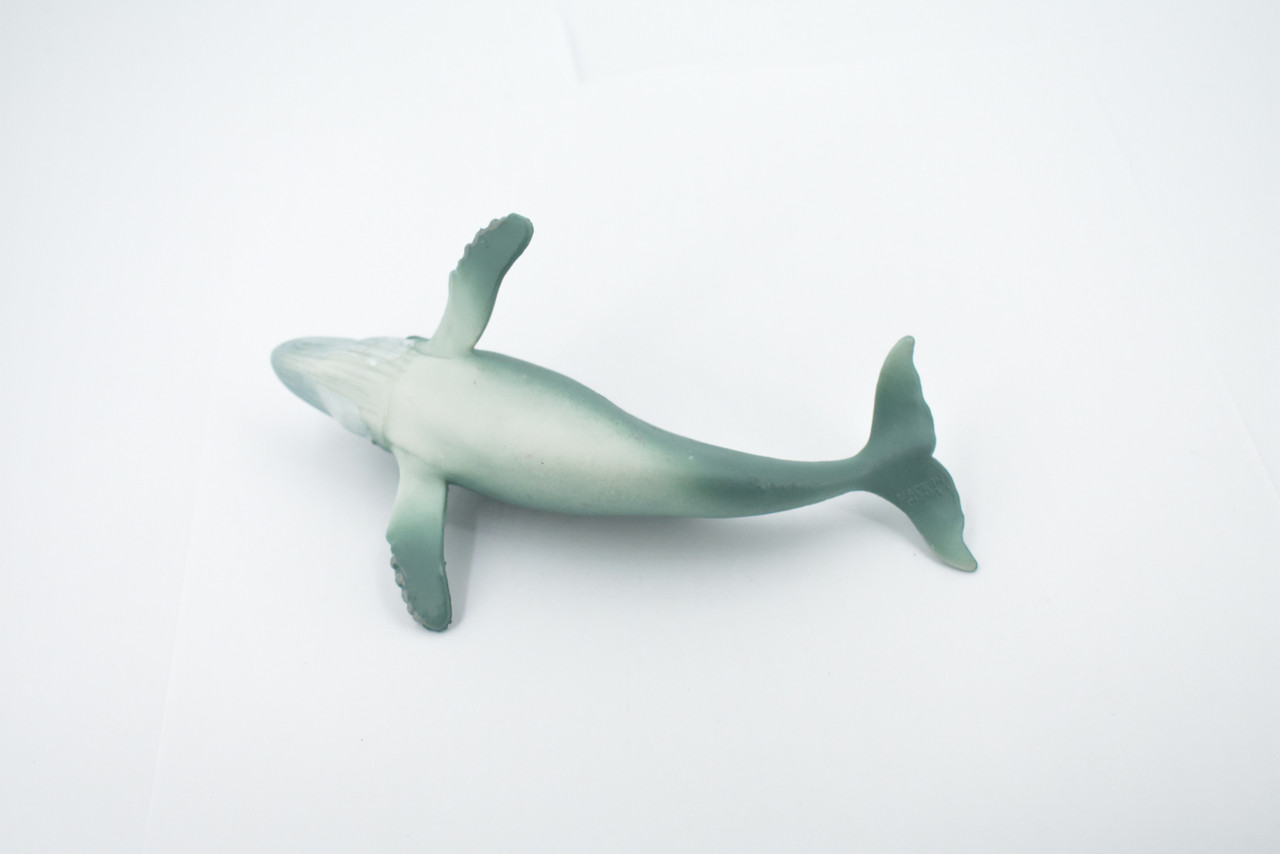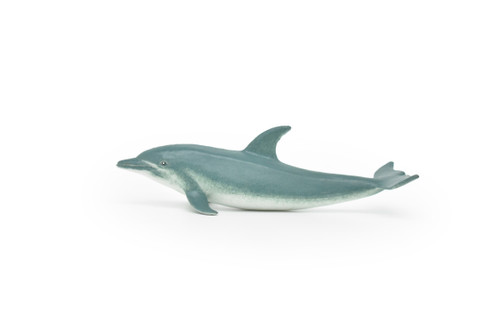Product Description
Humpback Whale, Marine Mammal, Very Nice Soft Rubber Animal, Hand Painted, Educational, Realistic, Lifelike, Diorama Model, Toy, Kids, 6 Inches.
The majestic humpback whale, known scientifically as Megaptera novaeangliae, is a captivating marine mammal that draws enthusiasts from all over the world. Its scientific name, translating to "big-winged New Englander," is a fitting tribute to its incredibly long pectoral fins and the region where the species was first studied. These whales are also commonly referred to as hunchbacked whales or baleen whales due to their defining physical characteristics. Humpbacks are globally recognized for their spectacular aerial displays, including breaching and lobtailing, which make whale watching tours an unforgettable experience. This migratory species undertakes some of the longest journeys of any mammal, traveling thousands of miles between their polar feeding grounds and tropical breeding waters. For those interested in marine biology and conservation, studying humpback whale behavior is a fascinating field. Male humpbacks are famous for producing the complex and haunting songs that can be heard for miles underwater, a sound believed to play a significant role in their mating rituals. Their feeding strategy, known as bubble-net feeding, is a marvel of cooperative hunting, where a group of whales works together to trap schools of fish. Anyone looking to protect endangered marine life will be encouraged to know that thanks to global conservation efforts, the humpback whale population has made a remarkable recovery from the brink of extinction. Their unique tail fluke patterns, which act as a natural fingerprint for identification, allow researchers to track individual whales and monitor their health across oceans.
At Collectible Wildlife Gifts, we cater to a diverse clientele, encompassing families, friends, and educators. Our offerings have garnered the trust of professional organizations, including aquariums, zoos, and movie studios, who rely on our quality and educational value.
Our extensive product line features a variety of items, ranging from plush sharks to educational resources showcasing animal growth cycles. Each product is designed not only to bring joy but also to serve as an effective tool for learning. Whether you’re looking to inspire curiosity in a child or enhance an educational curriculum, our products spark interest and foster a love for the natural world.
We believe that learning should be an adventure, and our gifts make exploring nature fun and engaging. With every item, we aim to create memorable experiences that encourage conversations about wildlife and conservation. Our plush toys provide comfort while igniting the imagination, and our educational materials promote understanding and appreciation for various species.
Join us in celebrating the wonders of nature. Whether you’re shopping for a special occasion or seeking educational resources for a classroom, Collectible Wildlife Gifts has something for everyone. Explore our collection today and discover the perfect gift that will delight recipients of all ages while nurturing their love for wildlife and learning. Let us help you make a meaningful impact with gifts that inspire and educate.


